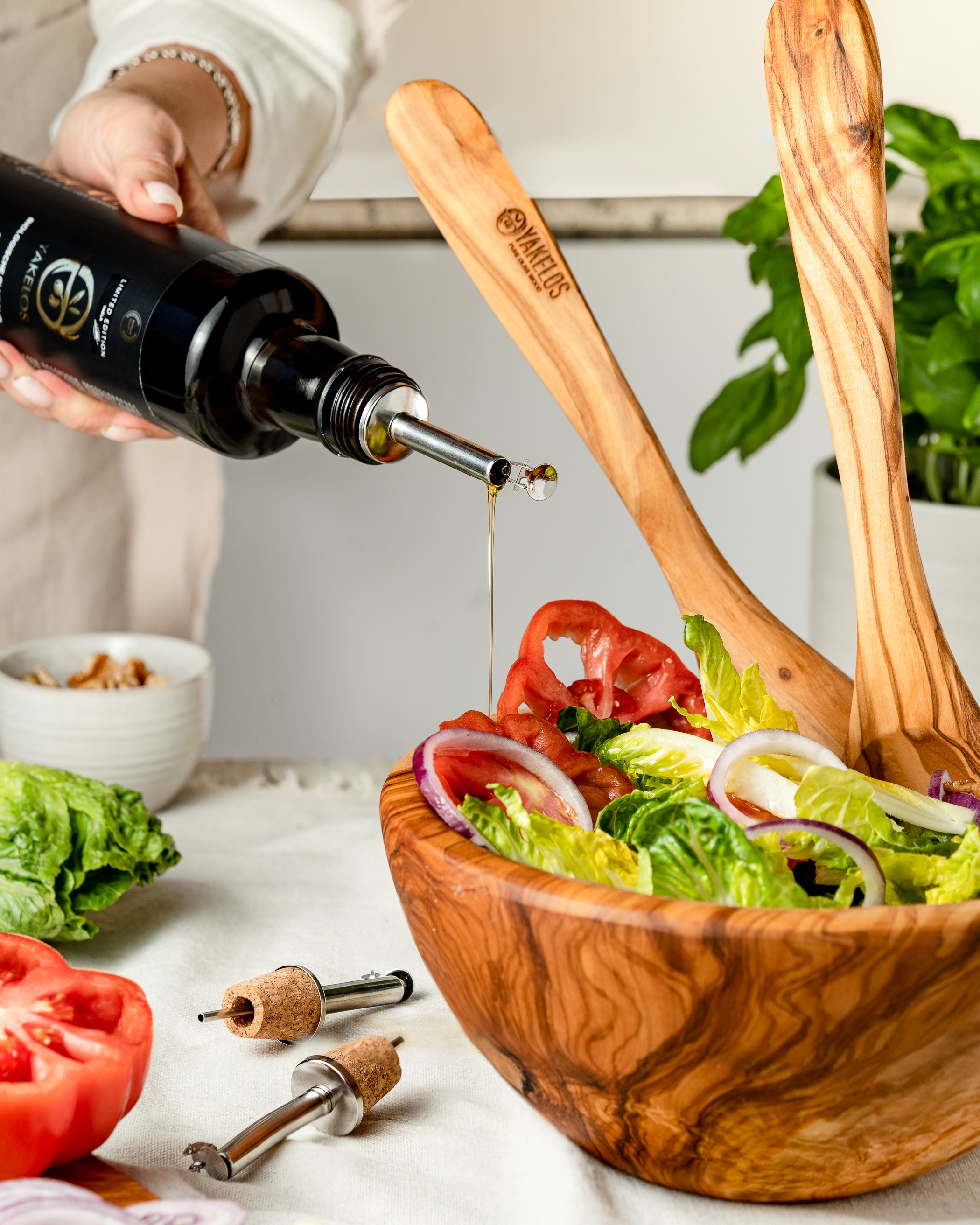A North African Classic: Homemade Tunisian Chermoula
Some recipes have names that leave you guessing. Chermoula—also spelled charmoula—is one of those. It sounds mysterious, but its origins are surprisingly practical. The word comes from the Latin salimuria, meaning “salt water.” The ancient Romans loved their salty condiments, including garum, a fermented fish sauce packed with umami.
Chermoula is North Africa’s answer to Italian pesto—a bold and herbaceous blend that’s traditionally used as a marinade or dressing. In Tunisian cuisine, chermoula is especially popular with fish and seafood, but its uses go far beyond. It’s just as delicious spooned over grilled vegetables, meats, or even spread on toast for a quick snack.
A Dressing with Many Faces
While Tunisia has its own distinct version of chermoula, this flavorful condiment is a staple across the Maghreb—from Morocco to Algeria to Libya. Each region brings its own twist.
-
In Tunisia, chermoula is typically made with garlic, cumin, fresh coriander, extra virgin olive oil, lemon juice, and a pinch of salt. In the coastal city of Sfax, it’s traditionally served over preserved fish during Eid al-Fitr, the celebration marking the end of Ramadan.
-
The Moroccan version leans on dried parsley, cumin, paprika, salt, and pepper.
-
In Libya, chermoula becomes a summer dip made with olives, tuna, and a variety of fresh local herbs.
Despite the regional differences, all versions share a briny, savory character—either from salt or cured fish—which makes chermoula such a versatile powerhouse in the kitchen.
Ingredients (Tunisian version)
-
1 garlic clove
-
1 level teaspoon of ground cumin
-
30 grams of fresh coriander
-
Juice of 1 lemon
-
Salt, to taste
Instructions
Place all ingredients in a mortar and grind them into a thick, aromatic paste. You’re looking for a rich, green, fragrant mixture—smooth enough to spread, yet rustic enough to show off the fresh herbs.
Tip: Use immediately as a marinade or store in the fridge for a day to let the flavors deepen.




